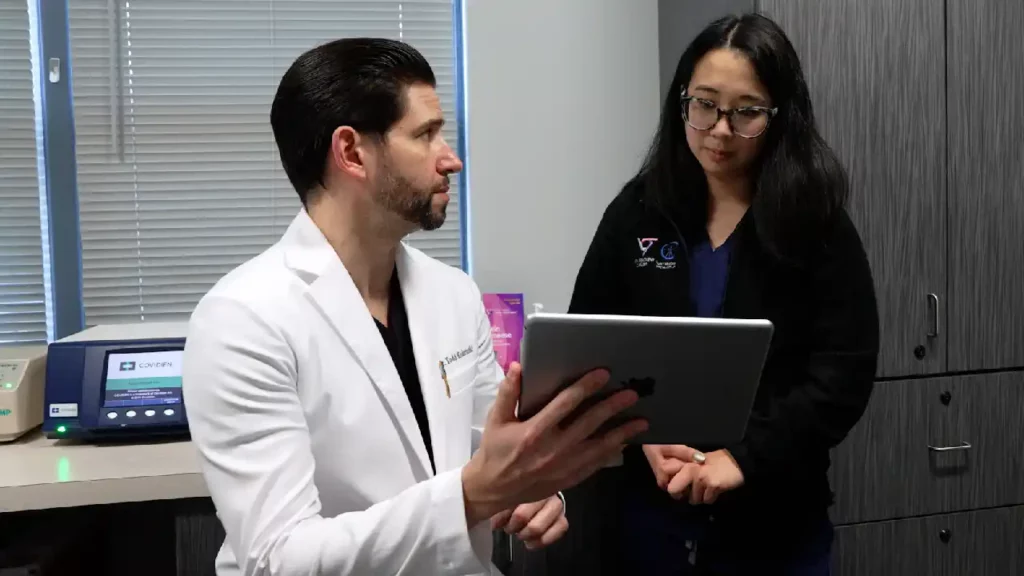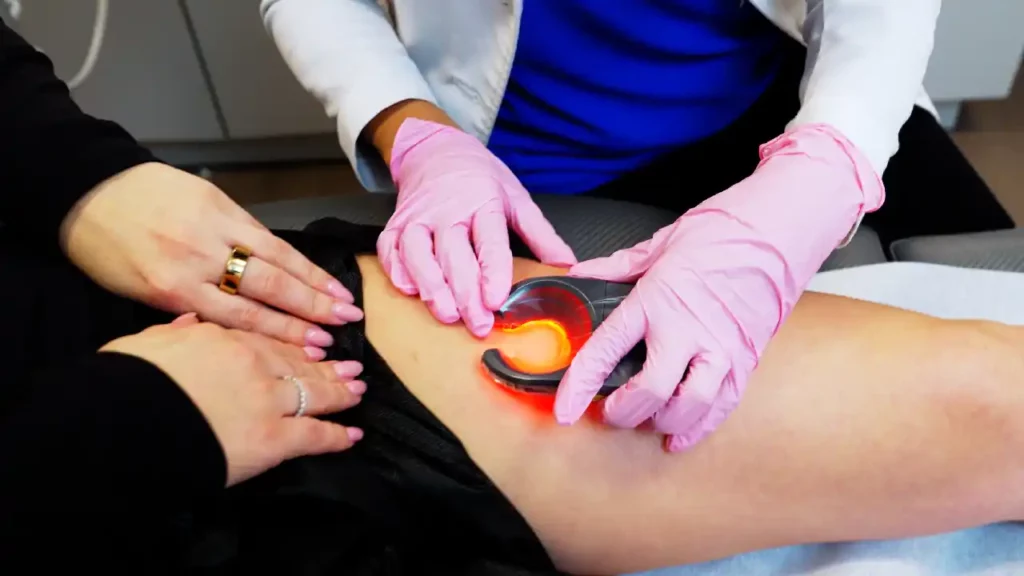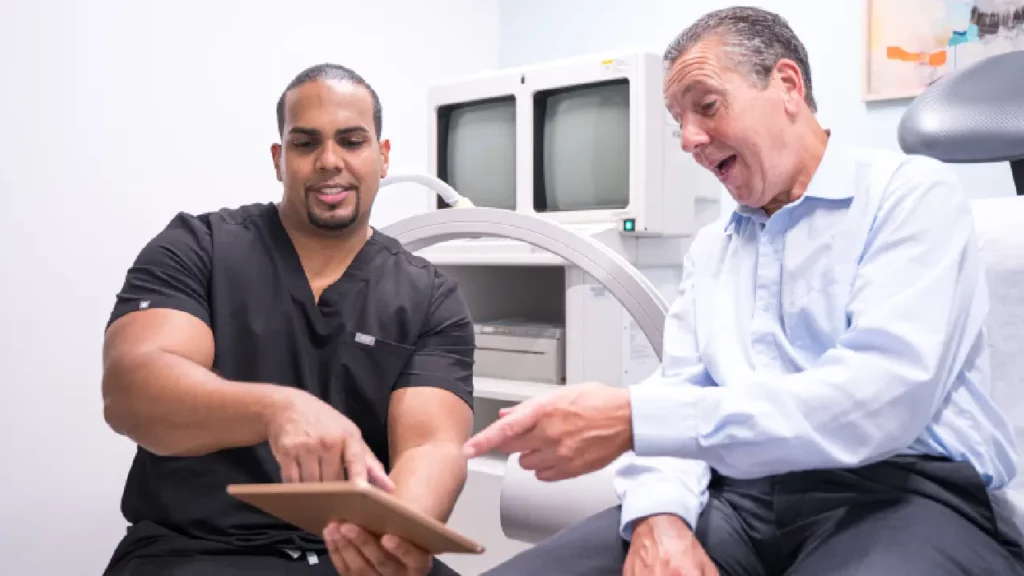Preventing Spider Veins: Lifestyle Choices and Habits to Adopt
Spider veins, those small, twisted blood vessels that appear just beneath the surface of your skin, can be a source of discomfort and self-consciousness for many individuals. While they are generally harmless, they can be unsightly and may cause discomfort, such as itching or burning. In some cases, they can also be indicative of underlying chronic venous insufficiency, a dangerous medical condition where malfunctioning vein valves cause blood to flow backward and accumulate in the leg veins. Fortunately, there are steps you can take to prevent the development of spider veins or reduce their appearance if you already have them.
However, it’s worth emphasizing that there are no guaranteed ways to prevent spider veins. You can develop spider veins or underlying vein disease for numerous reasons, and the risk factors include genetic predisposition, pregnancy, obesity, sedentary lifestyle, age, and more. While some of these risk factors can be corrected with lifestyle changes, others are immutable. As such, there’s no way to prevent spider veins with certainty, but you can implement lifestyle changes that can reduce the risk of spider veins. And if you already have spider veins, these lifestyle changes can prevent the condition from worsening.
Vein Treatment Clinic is a group of state-of-the-art vein clinics led by board-certified vein doctors who offer personalized, minimally invasive treatments for spider veins. Our vein doctors always diagnose the root cause of spider veins and offer treatments that ensure long-lasting results. With that said, please continue reading to learn about lifestyle choices and habits that you can adopt to keep spider veins at bay and maintain healthy, beautiful legs.
First, What Are Spider Veins?
Before we delve into prevention methods, it’s essential to understand what spider veins are and what causes them. Spider veins, also known as telangiectasias, are tiny blood vessels that have become dilated and visible on the skin’s surface. They often appear as red, blue, or purple lines or webs, resembling spider legs, hence the name. Spider veins usually occur in the legs and face, but they can appear anywhere on the body.
The primary factors contributing to the development of spider veins include:
- Heredity: Genetics plays a significant role in the development of spider veins. If your parents or grandparents had them, you are more likely to develop them too.
- Age: As you age, the elasticity of veins decreases, making it easier for spider veins to form.
- Gender: Women are more prone to spider veins than men, primarily due to hormonal fluctuations associated with pregnancy and menopause.
- Prolonged Standing or Sitting: Jobs or activities that involve long periods of standing or sitting can increase the risk of spider veins, as they put extra pressure on your leg veins.
- Obesity: Excess weight can add pressure to the veins in your legs, making it more likely for spider veins to develop.
- Pregnancy: The increased blood volume and hormonal changes during pregnancy can contribute to the development of spider veins.
Are you interested in getting more information about your condition or a treatment?
Fill the form below to start!
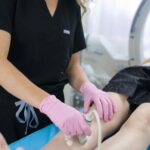
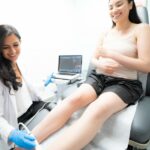
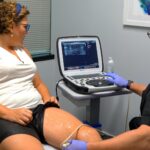
Lifestyle Choices & Habits to Prevent Spider Veins:
- Regular Exercise: Engaging in regular physical activity is one of the most effective ways to promote healthy blood circulation and prevent spider veins. Exercise helps tone your leg muscles, which, in turn, supports your blood vessels. Aim for at least 30 minutes of moderate-intensity exercise most days of the week, such as walking, swimming, or cycling.
- Maintain a Healthy Weight: Maintaining a healthy weight reduces the pressure on your veins, making it less likely for spider veins to form. Focus on a diet rich in fruits, vegetables, whole grains, and lean proteins to help you achieve and maintain a healthy weight.
- Manage Vascular Health During Pregnancy: If you are pregnant, regularly elevate your legs to reduce pressure on your leg veins. You should also wear maternity compression stockings and stay physically active with your vein doctor’s approval.
- Elevate Your Legs: If your job or daily activities involve prolonged sitting or standing, take breaks to elevate your legs whenever possible. Elevating your legs above heart level helps reduce the pressure in your leg veins, allowing blood to flow more freely.
- Wear Compression Stockings: Compression stockings provide graduated pressure to your legs, promoting blood flow from your veins to your heart. They can reduce the risk of spider veins, especially if you have a job that requires extended periods of sitting or standing.
- Avoid Tight Clothing: Wearing tight clothing, especially around your waist and thighs, can constrict blood flow and contribute to the development of spider veins. Instead, opt for loose-fitting, comfortable clothing.
- Stay Hydrated: Proper hydration is essential for overall vascular health. Drinking an adequate amount of water helps maintain the elasticity of your blood vessels and prevents blood from pooling in your leg veins. Aim to drink at least 8-10 glasses of water a day and reduce your consumption of caffeine and alcohol, which can dehydrate you.
- Include Fiber in Your Diet: A diet rich in fiber helps prevent constipation, which can contribute to the development of spider veins. Fiber promotes regular bowel movements and reduces the pressure on your abdominal veins. Include fiber-rich foods like whole grains, fruits, vegetables, and legumes in your daily meals.
- Avoid Crossing Your Legs: While it may be a comfortable habit, crossing your legs can impede blood flow in your lower extremities and contribute to spider veins. Make an effort to sit with your feet flat on the ground whenever possible.
- Watch Your Salt Intake: Excessive salt consumption can lead to water retention and swelling, which can put additional pressure on your veins. Limit your salt intake and opt for low-sodium alternatives when cooking or dining out.
- Quit Smoking: Smoking damages your blood vessels and reduces blood circulation, making you more susceptible to spider veins and other vascular issues. If you smoke, consider quitting to improve your overall vascular health.
- Avoid High Heels: Wearing high heels regularly can strain the calf muscles and impede proper blood circulation in your legs. While it’s fine to wear them occasionally, try to opt for more comfortable, supportive footwear for everyday use.
Medical Treatments for Spider Veins
In some cases, despite your best efforts, spider veins may still develop. If you have spider veins, the only way to treat them (and underlying vein disease) is through medical intervention. Fortunately, various minimally invasive vein treatments can help reduce their appearance and alleviate any discomfort they may cause. These treatments include:
- Sclerotherapy: Sclerotherapy is a minimally invasive procedure in which a medical professional injects a special solution into the affected veins. This solution causes the veins to collapse and gradually fade from view. Sclerotherapy is highly effective for treating spider veins and is typically done in an outpatient setting.
- Radiofrequency Ablation: Radiofrequency ablation involves the use of heat generated by radiofrequency energy to close off the diseased saphenous vein responsible for your vein problems. It is a relatively painless and effective treatment that can be performed in a medical office, and it treats the root cause of spider veins — venous insufficiency.
- Endovenous Laser Treatment: EVLT is primarily used to treat larger varicose veins and chronic venous insufficiency, thus addressing the root cause of spider veins. During this procedure, a laser fiber is inserted into the affected vein, which delivers laser energy to seal the vein shut.
Before considering any medical treatment, consult our vein doctors to determine the most appropriate option for your specific situation. Our vein doctors will evaluate your veins and recommend the best course of action.
Remember that preventing spider veins is an ongoing process that requires consistent effort and attention to your overall health. By adopting healthy lifestyle habits, you can promote better vascular health, enjoy beautiful legs, and minimize the risk of spider veins in the long run. And if you do happen to develop spider veins, you can schedule an appointment at your nearest vein treatment clinic — we have offices in New York, New Jersey, Maryland, and California.





